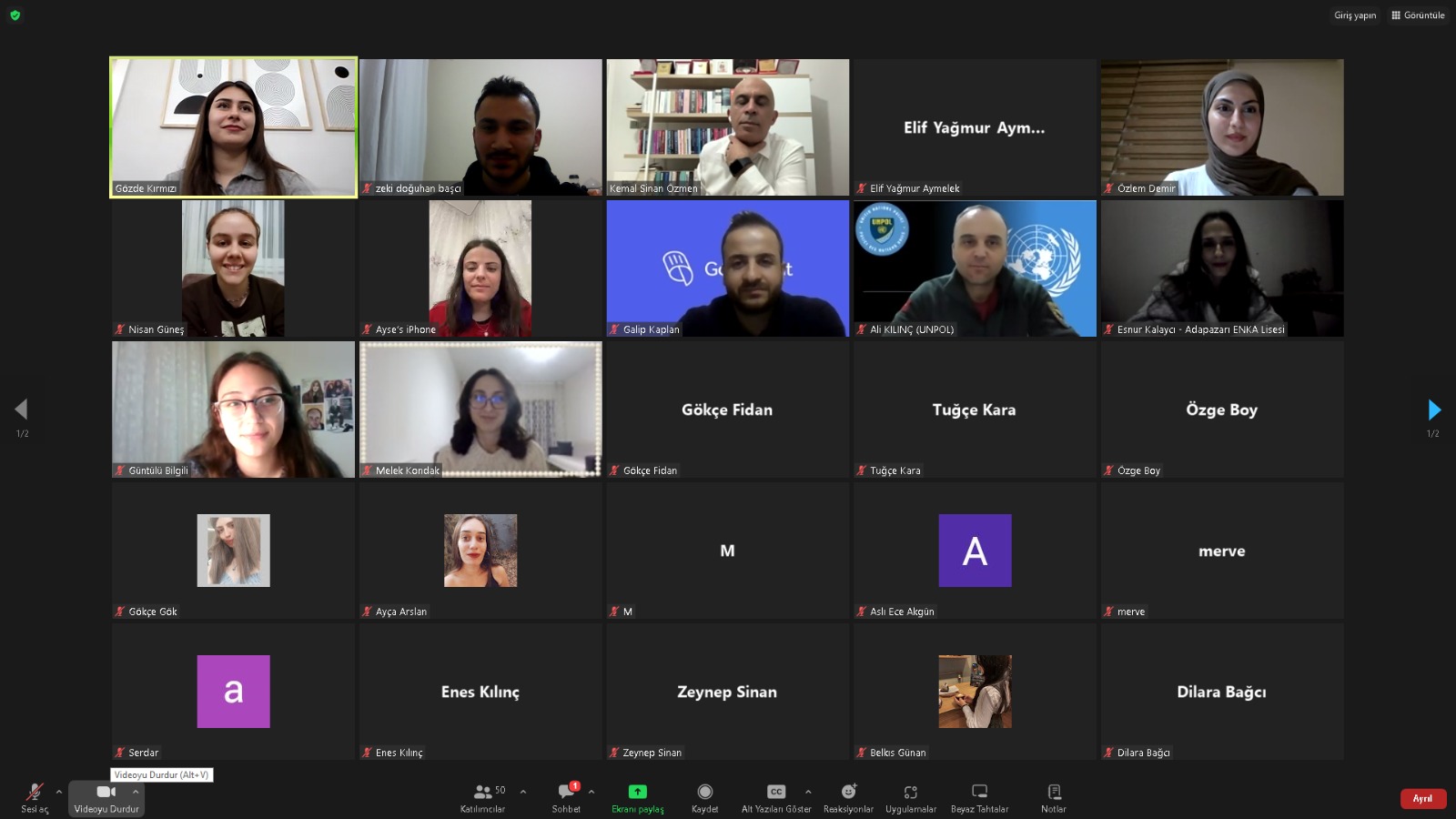METU FLE ELT Talks - Oturum 13 (Prof. Dr. Kemal Sinan Özmen)
Oturum notları:
"As aspiring teacher candidates, one of the most common aspects we often consider is the complex relationship between theory and practice. After receiving our undergraduate education with specific courses such as ELT Methodology, it is expected to find the special formula to transform our knowledge into action. As you can guess, this is not as simple as it sounds. Nevertheless, that formula can be found for your unique teaching style, said Prof. Dr. Kemal Sinan Özmen, and he highlighted an interesting aspect that will lead the way: Acting!
Özmen shared an essential insight that one of his biggest realizations was that all those wanted capabilities, such as using his body language and voice correctly, found their way to his classrooms through his experience in acting. Therefore, the question was clear: “Why not benefit from acting in teacher education?”
When considered for the first time, teaching and acting, or art in general, may look a bit distinct. However, Özmen reminded us that art can be interpreted as paper and a pen that can turn into anything the person desires. A way of one’s expressing themselves. “What makes art “real” art in our eyes is aesthetics, an actual need we all require in our lives even if we do not realize it.” The need for aesthetics includes the classrooms as well. Because at its core, what we are so passionate about teaching is also expressing ourselves to others.
Think about a theatre and a good lesson. Their criteria are fundamentally the same. Art is all about emotions, and so is learning. At its deep core, learning is attaching certain emotions to pieces of knowledge to make it more memorable.
Yet, seeking the similarities between teaching and acting is not enough. We need solid evidence to back up, and that is when Özmen provided a wealth of research. “We know that nonverbal communication in the classroom is more significant than nonverbal communication in daily life.” How you use your body language, your mimics, and your voice can be more influential than you think. Therefore, why not enhance these skills through professional training?
“Without being taught properly how to use those vital skills, you would only be giving your students a to-do list and not showing them how. Teacher education is full of to-do lists; what we need is action! No matter how beautiful and well-detailed you prepare your lesson plans, your students will evaluate you based on your actions!”
To achieve this effectively, Özmen mentioned two steps: The emotional “What? Define It!” and the acting “How? Teach It!” The first step is mainly about having a teacher identity development. Awareness, control, autonomy, self-esteem, and, at the very top, your unique identity. The second step is a model he designed called The BEING Model. The word is an acronym for Believe, Experiment, Invent, Navigate, and Generate. First, identify an identity that you wish to become in your classes. Who do you want to be? Find it and Believe it! Secondly, be creative with it. Experiment freely to find your version of the role. Thirdly, do your analysis to discover the qualities you need to possess and be an Inventor! Next, Navigate your way through trial and error. Have multiple rehearsals, gain experience, and don’t be afraid to make mistakes! Finally, Generate new and creative ways to improve yourself to be flexible, democratic, and open-minded. Trust in innovation instead of stagnation.
“If the theoretical knowledge is the fabric, the practical knowledge is the tailor.” Teaching can be challenging and even intimidating sometimes, and so is acting. But through dedication, professional training, and time, it is clear that we can all be prosperous and bright tailors."


